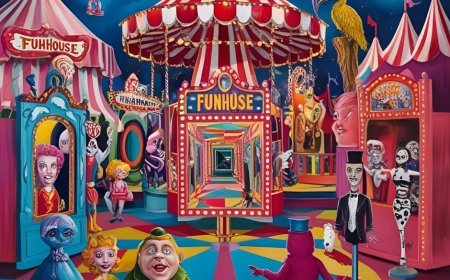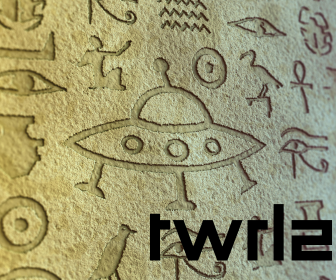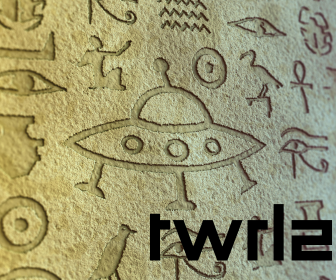Galaxy Whiskey
Galaxy Whiskey, which debuted in 1972, described itself as a "light whiskey." But what exactly was that? An answer via vinepair.com: In the 1960s, the young baby boomer generation began rejecting the spirits of their parents and grandparents, such as bourbon... At this point in American history, lighter spirits such as vodka, blended Scotch, and Canadian whisky were gaining favor with young people. Darker and more bold spirits such as bourbon were quickly losing ground in American culture. American whiskey producers needed a card to play, and fast. The card the whiskey producers came up with was "light whiskey." It was in no way a diet whiskey. In fact, it had a higher alcohol content than bourbon: According to the TTB Class and Type Designation list, light whiskey is "Whisky produced in the U.S. at more than 80 percent alcohol by volume (160 proof) [but less than 95 percent alcohol by volume (190 proof)] and stored in used or un-charred new oak containers." Bourbon and rye, by contrast, can be distilled to no higher than 160 proof. But light whiskey (and Galaxy Whiskey) didn't catch on. First released to the public in 1972, light whiskey was a huge flop. Anticipated hoards of consumers enjoying it neat and in cocktails never materialized. Galaxy Whiskey was discontinued around 1980. Light whiskey, however, returned in the 21st century, renamed "American Whiskey." image source: The golden age of advertising - the 70s Tampa Bay Times - Nov 5, 1972 Rochester Democrat and Chronicle - June 15, 1973

The card the whiskey producers came up with was "light whiskey." It was in no way a diet whiskey. In fact, it had a higher alcohol content than bourbon:
But light whiskey (and Galaxy Whiskey) didn't catch on.
Galaxy Whiskey was discontinued around 1980. Light whiskey, however, returned in the 21st century, renamed "American Whiskey."

image source: The golden age of advertising - the 70s

Tampa Bay Times - Nov 5, 1972

Rochester Democrat and Chronicle - June 15, 1973
What's Your Reaction?







































